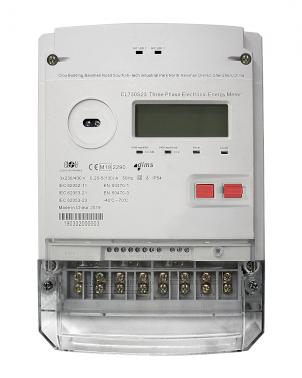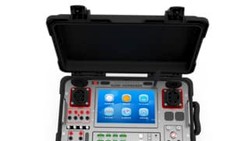The three phases of an AC source are depending on country named as
- A – B – C
- L1 – L2 -L3
- R – Y – B
- U – V – W (typically for transformers)
- a – b – c
- R – S – T
For this post we are using A – B -C with the phase colours red, yellow, blue.
Most utilities are operating with a A – B – C sequence, some are operating with A – C – B sequence. It's only a matter of power grid definition and has historical background.
So we can't say that the phase sequence is wrong, we can only check whether the phase sequence is matching with the country/utility regulations. IEC and IEEE standards are referring to A -B -C as the right phase sequence. So we are using this also for our animation.
What is the impact of a wrong phase sequence?
- Direct to the AC connected three-phase motors will turn in the opposite direction
- Certain types of protection relays will trip
- Electromechanical meters are measuring wrong
- Connecting a additional power source will lead to equipment damage
How to detect?
For verification of transformer- and metering installation we recommend to use a portable device, such as our standard RS350. For permanent grid monitoring the best choice is a CLOU three-phase energy meter.

The measurement circuit of CLOU three-phase energy meters constantly monitors transition through zero on all phase voltages. When the zero- crossings do not follow correct order (A, B, C), the measurement circuit detects an incorrect phase sequence. This information is sampled every 200 ms and averaged over the time period given in the OBIS code below.
If measurement circuit detects incorrect phase sequence for longer than one time period, the meter records wrong phase sequence condition as event. The same algorithm also applies to detection of correct phase sequence, which means that correct phase sequence must also be present for longer then defined period in order to detect it.
DLMS has defined a OBIS code for storing the waiting time until the event is recorded.
| OBIS | |
|---|---|
| Wrong phase sequence, time threshold | 128.7.90.255 |
A reversed phase sequence is also indicated on the energy meter display. If the meter is connected to an AMI-system, the event can be monitored by the supervisor or operator.
Editor's note: This article was originally published in February 2020 and has been updated for comprehensiveness.





All comments are moderated before being published. Inappropriate or off-topic comments may not be approved.